I saw that Tate Modern is opened till late on Fridays & Saturdays, so we’ve decided to visit it at night. Not only that it makes it a little bit special to see, but it can be included in a busy day and it also means that going to Tate by car is easier, with cheaper parking and without the congestion charge. Tate is free, but there are fees for special exhibitions. We had only 2-3 hours to visit the museum, so there wasn’t enough time to see any of the special exhibitions this time. As usual, I’m going to show a few of my favourite exhibits.

This one was my favourite. It’s made of couscous and it’s the ancient city of Ghardaia, Algeria. The model was made by Kader Attia, a French artist with Algerian parents, in 1970. I think the idea is intriguing.

I like spiders, but that wasn’t the only thing that drawn me to this sculpture. I thought it looked soothing. Louise Bourgeois is a French artist that worked in the USA. This spider was made in 1995 and it’s one of a few spider sculptures she made. The spider is an associations with her mother, who was spending her days stitching and weaving for her family business, repairing antique tapestries. She said “The spider is a repairer. If you bash into the web of a spider, she doesn’t get mad. She weaves and she repairs it.”

Another display that caught my eyes was The Solemn Process. It was realized by a Romanian artist called Ana Lupas. She started this creation in 1964 as a traditional ritual involving communal craft work in rural Transylvania. She asked the help of villagers who used traditional weaving techniques to create wreaths for harvest festivals. She kept the artwork locally, displaying the wreaths at the villagers homes. Even if the wreaths were decaying, as part of the natural process, the artwork continued as new participants were getting involved.
After 10 years, in the 70s, the social climate changed and the participants couldn’t continue to make the wreaths. She could no longer ensure that new objects would be made each year. This meant the products became relics. She tried to preserve them in different ways, by restoring the originals and drawing them in the 80s. In early 2000s, Lupas sealed the wreaths in metal “tins”.
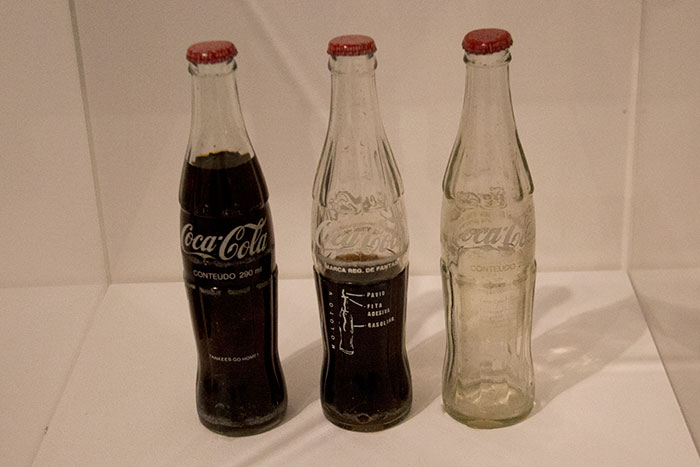
Coca-Cola Project by Cildo Meireles, 1970. He printed slogans on a series of Coca-Cola bottles and put them back into circulation. The system of recycling bottles was a way of enabling a political message to circulate.

Babel 2001 by Cildo Meireles
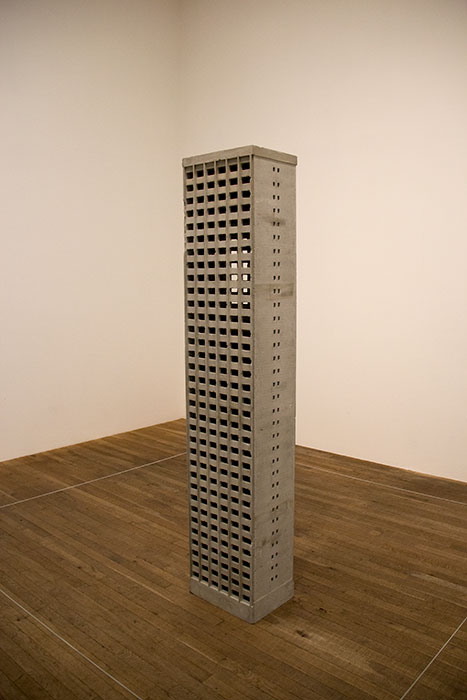
Monument for the Living 2001-2008, by Marwan Rechmaoui, Lebanon. This is a scale model of the building Burj El Murr in Beirut, Lebanon. The construction of the tower owned by el-Murr family began in 1974 but wasn’t finished due to civil war. It was meant to be an office block, but only used as a sniper outpost. Because the structure is too tall to demolish and too dense to implode, it continues to stand. Now its purpose is to be a memorial.
I loved the way the building looks, the concrete is so beautiful and appropriate for a modern art gallery. I asked my husband to take a few pictures of the beautiful decor. It was quite hard because there were lots of people around, everybody enjoying the display and going up to the last floor to see London at night.
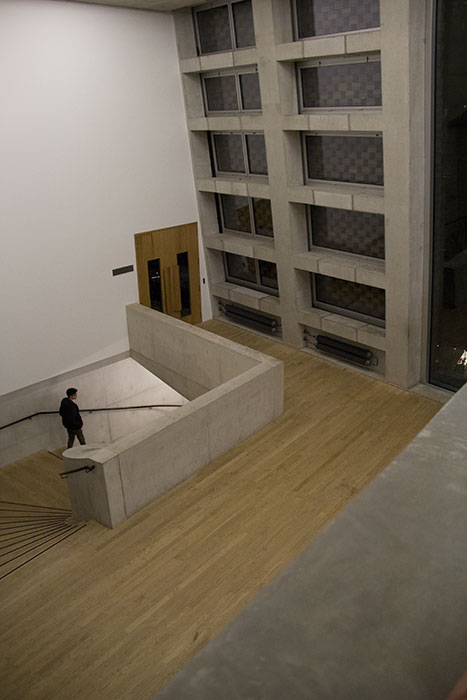
The stairs are wonderful and those heaters on the wall near the door are stunning.
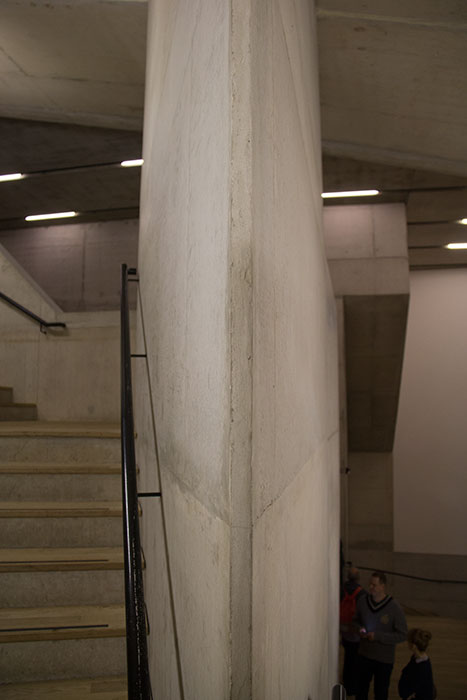
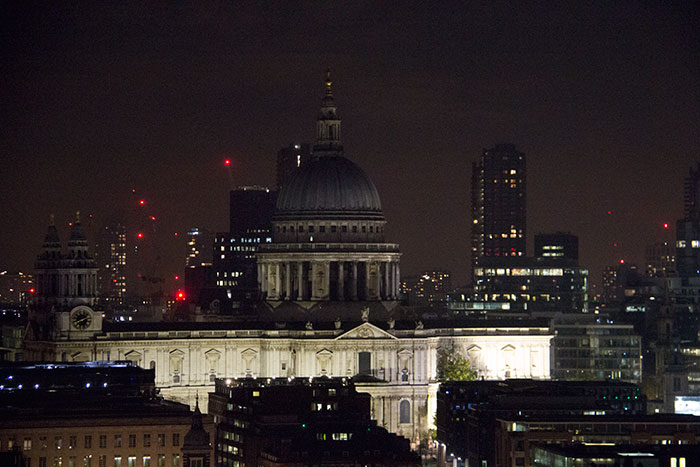
The viewing platform from Tate is amazing. I especially love the way St. Paul’s looked.

Have you been to Tate Modern? What did you like best?

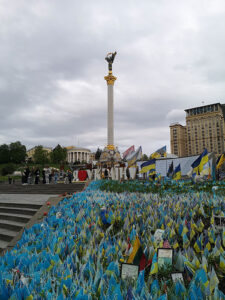


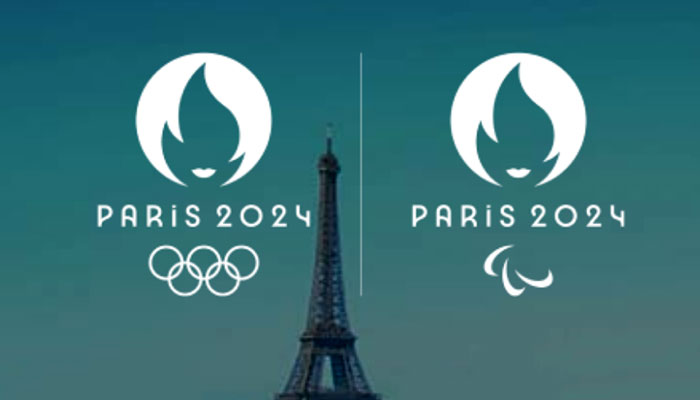
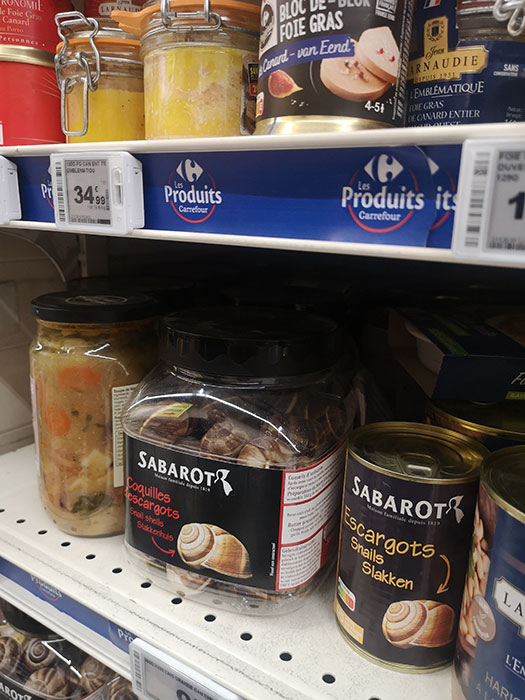


Another place I would love to go. That spider is brilliant, love the idea of it just getting on with things
Wow interesting displays here. I hate spiders though. They are so creepy.
Spiders are fascinating, but still give me the creeps haha! I love the Tate, haven’t been in years though. The first time I visited was when they had the sun in the turbine hall. People were just lying on the floor looking up! The slides were also great fun too!
I would never describe a spider as soothing! Ha, I hate thing things!
Corinne x